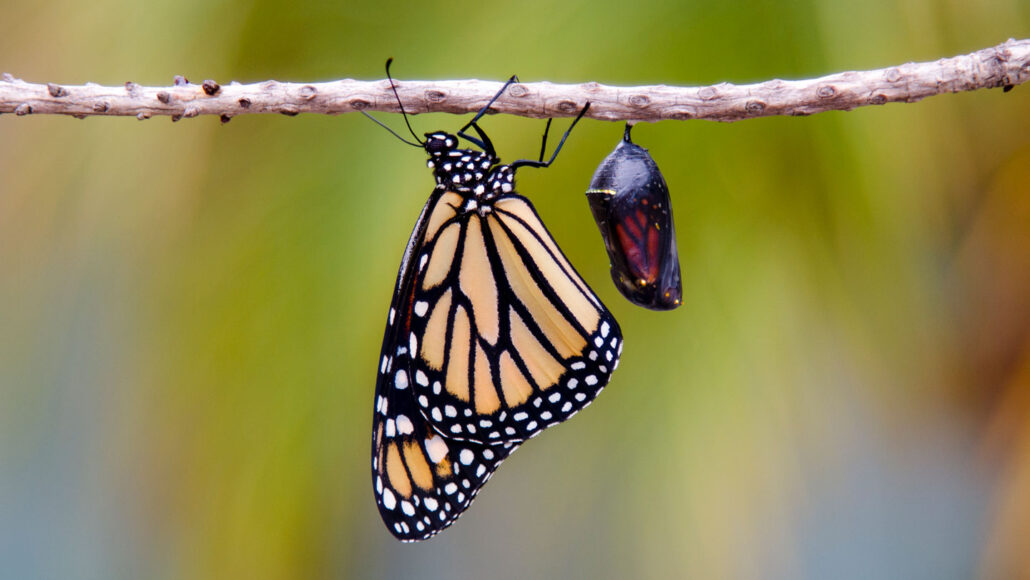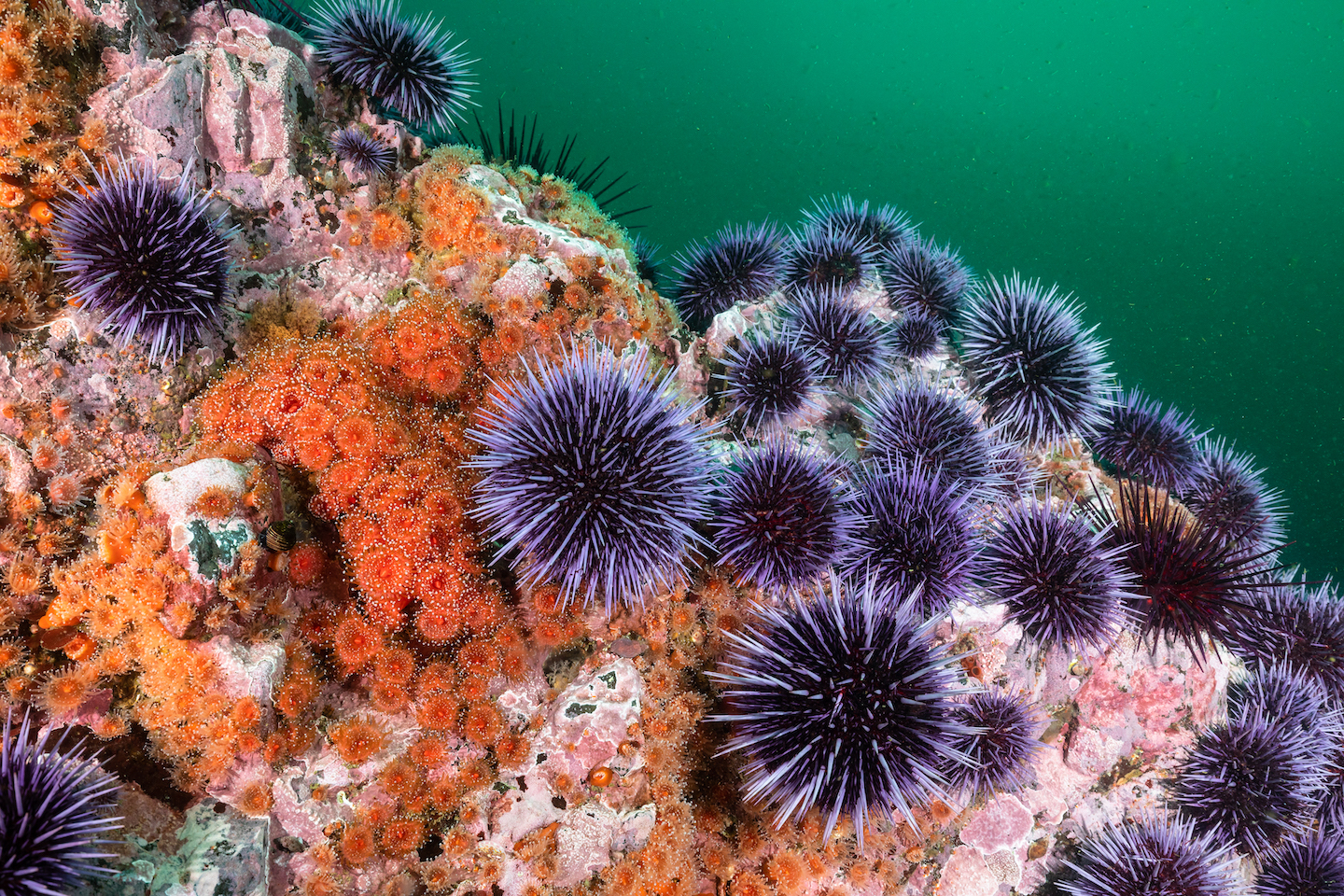Explainer: What is metamorphosis?
Most animals on Earth go through this bizarre type of transformation

Monarch butterflies go through four life stages: egg, larva, pupa and adult. This process is called complete metamorphosis.
Raquel Lonas/Getty Images
Butterflies and bees do it. Frogs and even salmon do it. What is it? It’s metamorphosis.
The term describes a series of dramatic physical changes that an organism undergoes as it matures. The term comes from the Greek word for “change of form.”
Lots of young animals look different from their parents. But metamorphosis is distinct from just growing up. Some animals emerge from metamorphosis with brand-new organs, such as wings or lungs. Others switch what types of food they eat — or may wind up not eating at all! These differences may benefit animals by minimizing competition for resources between adults and babies of the same species.
Insects, amphibians and certain fish are among the more well-known animals that metamorphose. But they’re not the only ones. Jellyfish, mollusks and sea stars have all been observed undergoing this real-life shapeshifting. Crabs, lobsters and other crustaceans have, too.
Body remodel
Many animals that metamorphose have babies that look entirely different from their adult forms. Think of a frog. Frogs have powerful back legs and lungs. But many frog species start life underwater as tadpoles. Unlike frogs, tadpoles rely on gills and long tails to maneuver underwater.
Jellyfish, meanwhile, start out as free-swimming young called larvae. These larvae attach to hard surfaces and transform into anemone-like polyps. These polyps spend much of their early lives using their tentacles to catch passing prey. Eventually, the tentacles begin to bud into free-floating jellies. They then detach from their home surface and hit the high seas.
Like jellyfish, sea urchins also start their lives as larvae swimming in the ocean. These larvae use long arms to snag phytoplankton to eat. During metamorphosis, a sea urchin grows adult limbs and organs from a cluster of cells inside its body called a rudiment. The urchins absorb their larval arms and mouths into their bodies. Then they drop to the seafloor as newly formed adults.

Insect transformations
Metamorphosis is especially common in insects. But some insect transformations are more dramatic than others.
Take butterflies. A crawling, leaf-munching caterpillar can transition into a flying, nectar-sipping butterfly within a few weeks. This is an example of complete metamorphosis. During this type of metamorphosis, insects go through four life stages: egg, larva, pupa and adult. At each stage, the insect will look completely different.
The process begins with an egg laid by an adult. A small, soft-bodied larva, such as a caterpillar, hatches from this egg. Larvae do not have many of the organs found in adults. And they have one goal: eat as much as they can.
A caterpillar “doesn’t have wings, doesn’t have any reproductive organs,” says Jens Rolff. “It’s just like a big bag of tissues moving on a plant and feeding. Constantly feeding.” Rolff is an evolutionary biologist who studies insects. He works at Freie Universität in Berlin, Germany.
Healthy appetites help a larva pack on fat. And that will fuel the development of its organs once the larva becomes a pupa. At the pupa stage, the larva stops eating and develops a protective covering. Caterpillars develop a hard, outer layer called a chrysalis.
“When the larva pupates, the job is to generate a new animal,” says Rolff. Inside the pupa, proteins called enzymes begin to break down the larva’s tissues. These dissolved tissues are used to rebuild muscles and organs such as the brain and gut. Special groups of cells called imaginal discs become activated and help create wings, new mouthparts and reproductive organs. Once these changes are complete, an adult insect emerges.
That adult often moves and eats in totally different ways than it did as a pupa.
About eight in every 10 insect species undergo complete metamorphosis. Beetles, flies, bees, ants and fleas are just a few examples. Together, this group makes up about 60 percent of all animals on Earth. Complete metamorphosis has been around for a while, too. Fossils suggest that insects were doing it at least 250 million years ago, Rolff says.
Not all insects go through this full process, though. Grasshoppers, cockroaches, cicadas and dragonflies go through a three-stage version known as incomplete metamorphosis.
Here, insects emerge from eggs as nymphs, which look much like miniature adults. They are just missing developed wings and sex organs. Nymph forms of these species gradually get larger by shedding their hard outer shell, or exoskeleton, through a process called molting. Wings and reproductive organs continue to develop with each molt. All insects grow by molting. But insects that undergo complete metamorphosis only do so while plumping themselves up as larvae. Nymphs will go through multiple molts until they reach adulthood.







